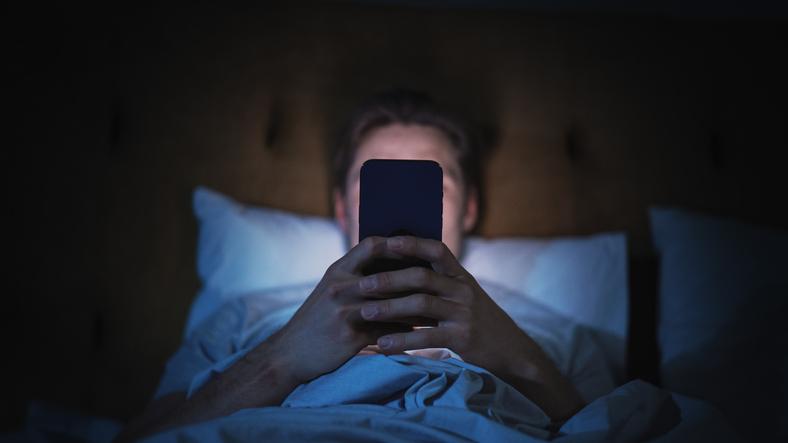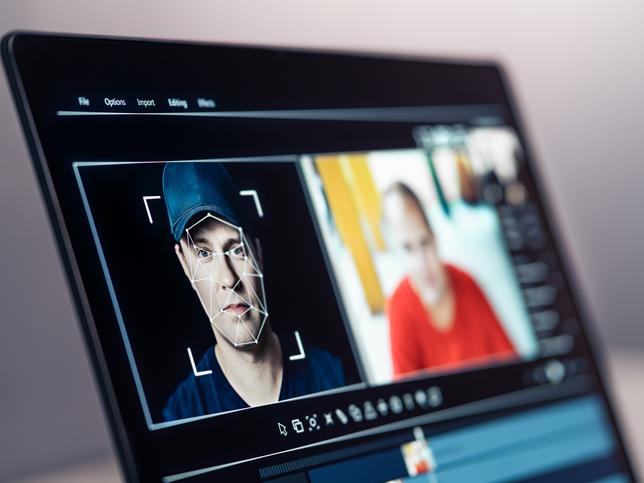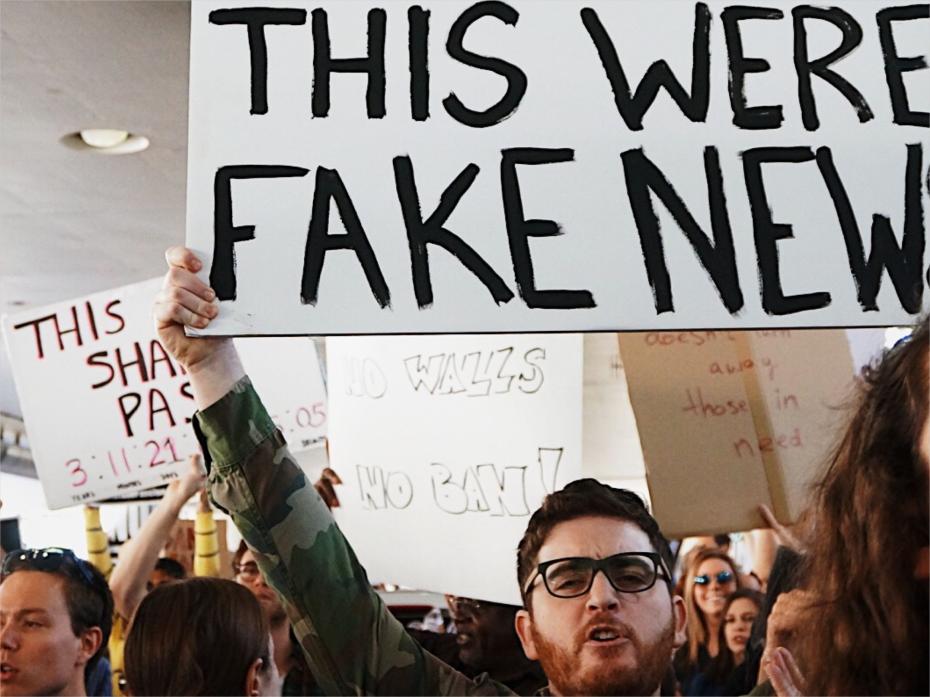The online world is rich with interesting, high-quality information useful to those working or studying in higher education. But it is also awash with false news and fake or AI-generated studies. Academics are just as likely to fall for it as anyone else.
In WhatsApp groups I am part of, I see false news shared and discussed as if true, by both students and colleagues I once thought would be immune.
But even researchers and students perform poorly at spotting “fake news” and misleading content online, as a trial in 2017 by Stanford University professor Sam Wineburg showed. Happily, Wineburg found that there is a group who do better – and that is people from my former line of work: professional fact-checkers. The trick is the approach they take and the questions they ask.
Why we (all) can fall for false news
From years of research, we know a lot about why we (all) often fall for false news. The number one reason is that the false information we see seems plausible, like the sort of claims that particular politicians might make. Also, we don’t question it because the news makes us react emotionally, sparking anger or fear, or aligns with our particular worldview. If it comes from a source that we consider credible, and we have seen it before (the so-called illusory truth effect), we have to be almost superhuman to resist.
- A four-step process to transform everyone into a fact-checker
- Why your students need to learn the skills of a journalist
- Tips for spurring critical thinking among students online
Most of us, meanwhile, fall back on poor techniques for spotting false news – either questioning plausibility (“does that seem like something they would say?”) or searching for tiny inconsistencies, or glitches, in what we think might be faked or AI-generated information, despite the fact that AI is getting better every day.
What works better in spotting false news
What works better is to ask not whether a claim seems plausible or has been heard before, but these four questions:
1. What do you know about where the claim came from?
A false claim can appear as a screenshot of an image on WhatsApp with little to indicate the original source. It can appear on a known website full of reference notes.
The point of this first question is you need to establish what you know about the source. Is the source one you would consider credible? What are the source’s potential biases? Is the image authentic? Was it produced where and when it claims? If it is a statistical or medical claim, how credible is the methodology used? What is the science behind it? (This can be easy, but when it’s not, see tips below.)
2. What do other, credible sources say?
Check what other, credible sources say about the claim.
If you see a claim about a private or public figure or institution, has that person or institution said something about it? Check online. If the claim would normally make a news story in the mainstream media, have they reported on it? Ask what you might consider well-informed sources and critics on the subject – not just the online “yappers” – have to say on this. Do lateral reading on the subject.
3. Check your biases – what might make you likely to fall for the claim?
Think about the reasons you might fall for the claim.
We all, often, fall for claims that seem plausible, make us angry, align with our understanding or have seen before. And, in general, we fall for claims from a source we trust.
In 2013, the fact-checking organisation that I ran checked a (wildly) false claim made by a country’s health minister that originated with the World Health Organisation. We considered both of them credible sources, but our lateral reading showed the claim was wrong, and they corrected it.
4. What do you know about the context?
Ask about the context of the claim. If your research shows someone did attend an event or made a statement, do you know the context? Does this change your understanding?
How to choose when to check
If this all sounds a lot of work – well sometimes it is, but often it’s not. The key question is whether sharing or acting on the claim would cause you or someone real-world harm. If you want just one tip, ask whether action taken based on the false claim could cause harm, or just create a false idea.
Free fact-checking resources for students and academics
And if you do want to avoid scams and check out what you see online – the good news is there are lots of free online resources to help you to improve your online searches, social media searches, geo-locate photos seen online, verify voice notes, spot AI-generated images, tell if a news article is reliable, understand statistics or evaluate health claims. How do you know these guides are reliable? Well, check out the source and credibility. Some trust is important too. Promise.
Peter Cunliffe-Jones is a visiting researcher at the University of Westminster and founder of independent fact-checking organisation Africa Check. His latest book is Fake News – What’s the Harm? (University of Westminster Press, 2025).
If you would like advice and insight from academics and university staff delivered direct to your inbox each week, sign up for the Campus newsletter.




comment